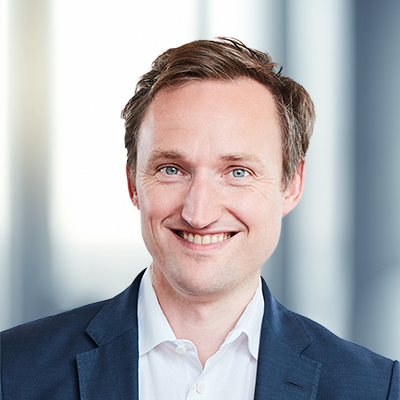Internet of Things - patent law aspects
IoT - bundling technologies
The Internet of Things (IoT) refers to the network of physical devices that are equipped with sensors, software and other technology in order to be connected to other devices and systems via the internet. This allows data to be collected and exchanged.
These devices include both everyday household items ('Consumer IoT') and complex industrial tools ('Industrial IoT').
Computer-implemented inventions (CII)
With the rapid developments in the field of IoT, the number of patent applications for computer-implemented inventions is continuously increasing.
These inventions are often at the limits of patent protection, as it is not possible to patent "software as such" in Germany. Non-technical effects are largely not taken into account when assessing patentability. Therefore, such inventions are often only patented in connection with mechanical or electrical components.
Patent protection for the new digital technologies is based on an established, growing body of rules in the field of computer-implemented inventions (CIIs). Patent offices are applying the criteria for patentability increasingly consistently, even across national borders.
Examination of the patent situation
The Internet of Things is implementing a large number of technologies, some of which are patent-protected, in everyday objects.
With the progressive expansion of digital networking through the Internet of Things (IoT), it is important, among other things, to examine or have examined the patent rights in connection with the newly developed application prior to market launch.
Regarding Justus Kreuels:

Justus Kreuels, German and European Patent Attorney, studied mechanical engineering at the TU Munich and the RWTH Aachen. A main focus of his practice is the enforcement of intellectual property rights in the field of mobile communication, Internet of Things (IoT), robotics, etc. in Germany.
